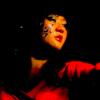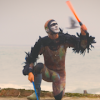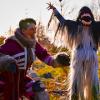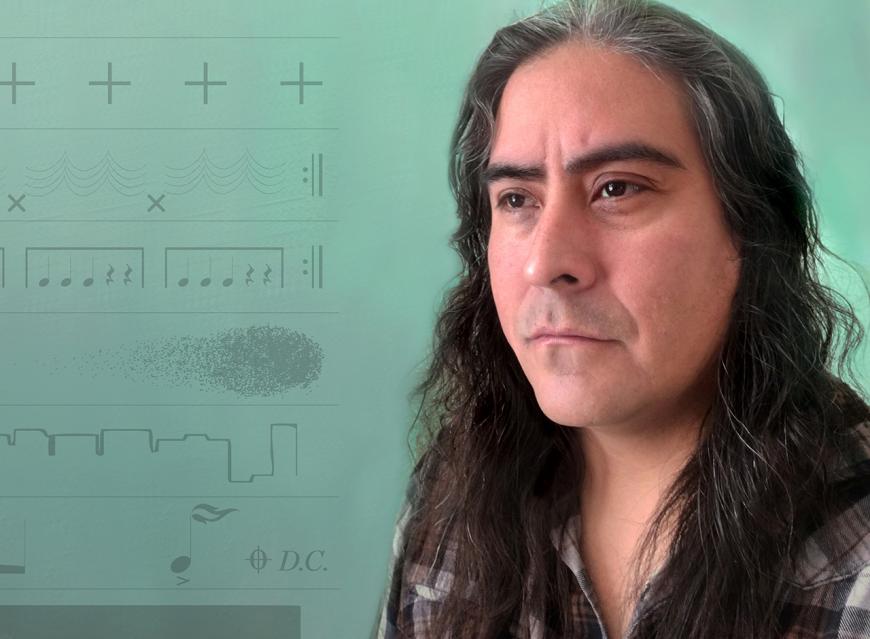
After a year of screens and video saturation, Diné composer, performer, and installation artist Raven Chacon wants you to go on a walk. As artist-in-residence at the Wattis Institute for Contemporary Art, his latest project explores sound collage in a medium meant for ears only: Radio Coyote. From April 1 through June 30, residents of Potrero Hill can tune in at 88.1 FM and the rest of us can listen in at radiocoyote.org.
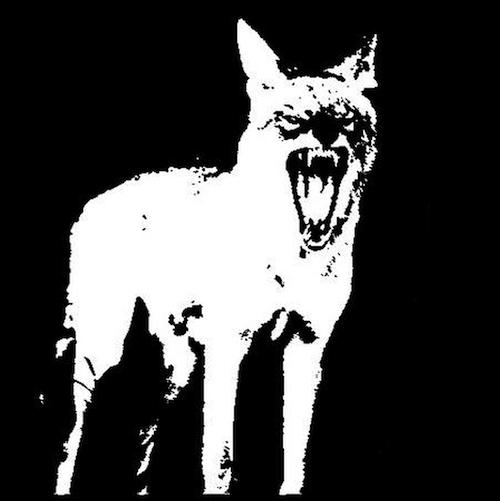
“This opportunity to get sounds and voices out into the world and having that also align with all of us coming back into a so-called normal — what is the sound of that? For me it is this kind of emerging out of a cave, I guess is the best way I can describe how we’ve been programming, also why we are doing radio in the first place,” said Chacon. “The hope is that there’s nothing to look at. You turn it on — it’s on your phone or computer and then you do other things.”
For Radio Coyote, Chacon teamed up with five collaborators he’s worked with before: Michael Begay, Zachary James Watkins, Ashley Smiley, Ginger Dunhill, and Mark Treka.
Artist, composer, and musician, Michael Begay works with Chacon on the Native American Composer Apprentice project where they teach high school aged kids on Navajo and Hopi reservations in the summers how to write compositions for string quartets, and a final performance over Labor Day weekend at the Grand Canyon. The most classical programming on Radio Coyote, Begay’s Original Score segment airs every Friday, featuring interviews with some of these young composers about their process, giving them an opportunity to talk about music they are making and how life is on the reservation during COVID-19 time. Begay also hosts the “Something Savage — Indigenous Metal!” segment every Friday in May, which explores heavy metal music played by indigenous people.
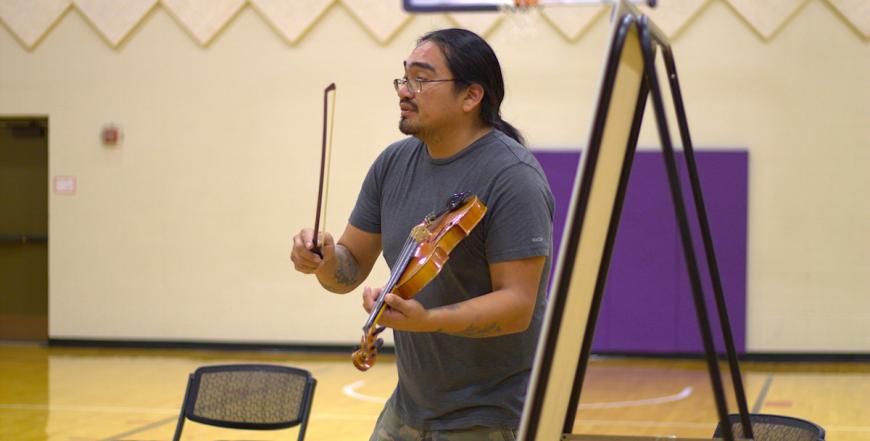
Zachary James Watkins’s segment A Watkins Retrospective airs on Radio Coyote every Saturday, chronologically telling the story of his career, showcasing his sound works in classical and chamber composition, electro-acoustic improvisation, and sound installation. There’s an educational component too, as he describes why he made the composition, what he’s responding to, his influences and collaborators.
“When invited to contribute 12 hours of sound art to good friend Raven Chacon’s Radio Coyote, I was honored and somewhat nervous. 12 hours of sound is massive! This wonderful opportunity challenged me to dig into my archive and in so doing found needed inspiration!” said Watkins. “An unforeseen obstacle was if I could find the recordings in over 20 hard drives! So far so good, and I am uncovering projects and rich collaborations that have been buried!”
Bay Area poet and artist Ashley Smiley first collaborated with Chacon on the Tremble Staves performances at the Sutro Baths in 2019, and brings their social justice and concerns about what’s happening in the community to her segment Oh Really?! airing every Wednesday on Radio Coyote.

“Honestly I have always wanted to have some kind of radio show so it felt like divine timing, but it has also been a huge and beautiful learning curve,” said Smiley. “More than anything, I am thankful to have a space where I can just ‘be’ and explore my own creativity. I haven’t tapped into that for a while, and it feels good."

Ginger Dunnill, through her podcast Broken Boxes, interviews indigenous artists and artists of color about their process, delivering original episodes for Radio Coyote on Mondays. Artist Mark Trecka in upstate New York brings experimental radio to his segment Correspondences as Shelter. He creates a narrative sound hour that integrates archived interviews, music, and real-time dialogue with people through the chat function on Radio Coyote.
The Free Form segments on Radio Coyote feature guest deejays with content Chacon and CCA Wattis contributors have accumulated over the past year. KsssKsssKsss brings previously limited release recordings by Chacon from his own record label over the past 20 years in a segment that airs every day, with content originally released on cassettes and 7-inch records that was never digitized or shared broadly.
“We are trying to find the least accessible music that’s out there — things that have gone out of print, things that are no longer available. Things that were released on formats — analogue formats and never digitized,” said Chacon. “My hope is they haven’t heard any of these sounds before — that all of it is brand new. As a listener, that’s what I’m seeking.”
The medium of radio provides an ephemeral quality to programming which is on a four-hour loop, filling the 24-hour cycle with sound. Each day the content changes, which lends a kind of urgency to the art. Still, the programming will be cumulative. Chacon: “you kind of have to experience it in real time, but there are opportunities to catch up, on next week’s programming.”
The process is ongoing for “conscious programming” being developed, organized, and facilitated by what Chacon said is the algorithmic workings of the technology to provide enough diversity and randomization to minimize repeated content.
“At the same time, we are very interested in the accidents that might happen and the coincidences. That’s always a part of my work — conscious randomization,” said Chacon. “And as a listener I still want to be surprised, even though I programmed all these hours. I’m still a listener at the end of the day.”
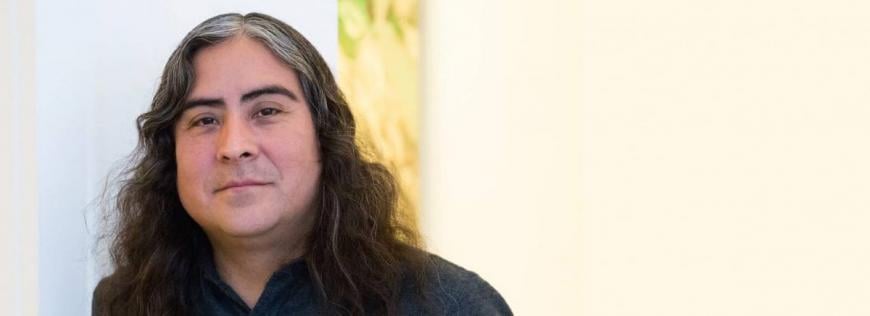
Chacon has been involved in pirate radio in New Mexico and as he formulated an ongoing project with CCA Wattis for his residence that was also socially distanced, he was interested in engaging Bay Area musicians, artists, and activists to compile programming that tells the story of what’s happening this spring.
If you happen to be near the CCA Wattis building in San Francisco on April 26, Chacon will collaborate live with electronic artist, Angie Edwards. More live performances streaming from the open windows of the Wattis will follow on the first Thursday of each month, where you can listen in on the sidewalk as Chacon will team up on May 6 with Bay Area artist, Chris Duncan — more to come on the June live performance.
With support from the Wattis Foundation, Chacon’s residency is organized by Diego Villalobos and curated by Anthony Huberman. Listen in at radiocoyote.org until June 30.


